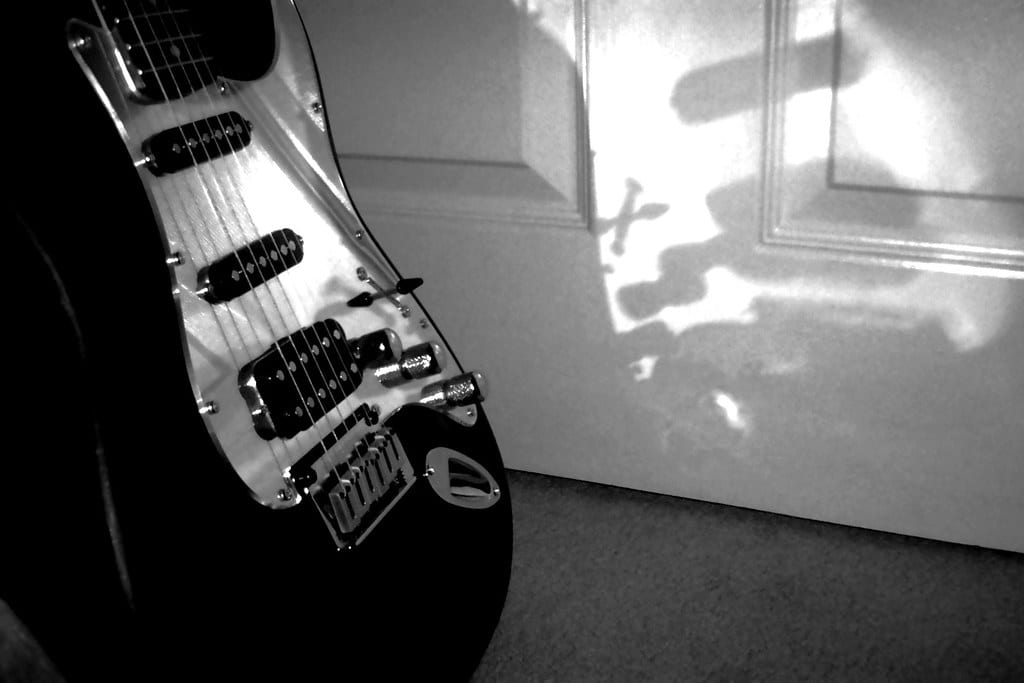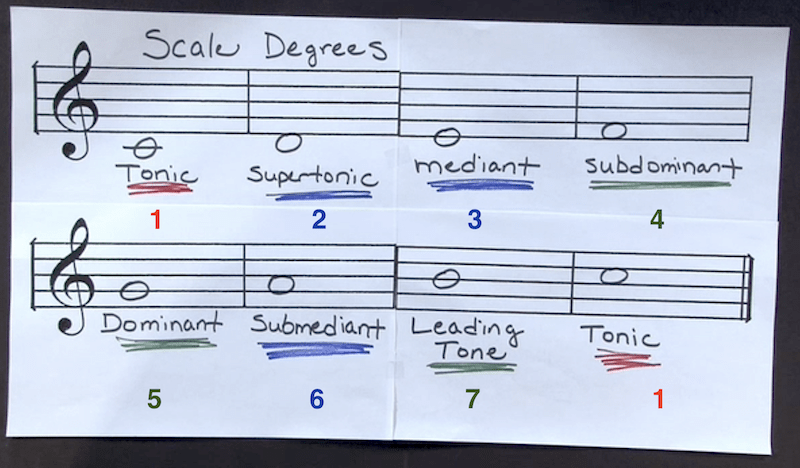
Summary
The intention of this project was to analyze the way that different types of recording equipment interacted with their environment. This meant experimenting with different factors such as what is being recorded, where, and the distance between the sound source and the recording equipment. Members of my group (group 5) recorded a sample of a guitar in a classroom setting, and samples of their voices in both a classroom setting and outside to hear these variations.
Audio Terms and Definitions
- Sound Wave
- A vibrational disturbance that involves the mechanical motion of molecules transmitting energy from one place to another.
- Compression
- Reducing a signal’s output level in relation to its input level to reduce dynamic range.
- Frequency
- The # of times per second that a sound source vibrates, is expressed in hertz (Hz).
- Hertz
- Unit of measurement of frequency; numerically equal to cycles per second (cps).
- Infrasonic
- The range below the frequencies is audible to human hearing.
- Ultrasonic
- The range above the frequencies of human hearing.
- Pitch
- The subjective perception of frequency – the highness or lowness of a sound.
- Fundamental
- The lowest frequency a sound source can produce. In other words, it is also called the first harmonic or primary frequency which is the lowest, or basic, pitch of a musical instrument.
- Sound Frequency Spectrum
- The range of frequencies audible to human hearing: about 20 to 20,000 Hz.
- Octave
- The interval between the two frequencies that have a tonal ratio of 2:1.
- Bass
- The low range of the audible frequency spectrum; is usually from 20 to 320 Hz.
- Midrange
- The part of the frequency spectrum to which humans are most sensitive; is the frequencies between roughly 320 Hz and 2,560 Hz.
- Treble
- The frequency range between roughly 5,120 Hz and 20,000 Hz, the highest two octaves audible to human hearing in the sound frequency spectrum.
- Equalization
- A signal-processing device that can boost, attenuate, or shelve frequencies in a sound source or sound system.
- Amplitude
- The magnitude of a sound wave or an electric signal is measured in decibels.
- Decibel (dB)
- A relative and dimensionless unit to measure the ratio of two quantities.
- Wavelength
- Distance between two peaks of a wave
- Velocity
- Speed in a given direction
- Harmonic
- Is a multiple of the fundamental frequency
- Phase
- Factor in the interaction of one wave with another, either acoustically or electronically
– Audio terms and definitions from Wikipedia
Voice Recording
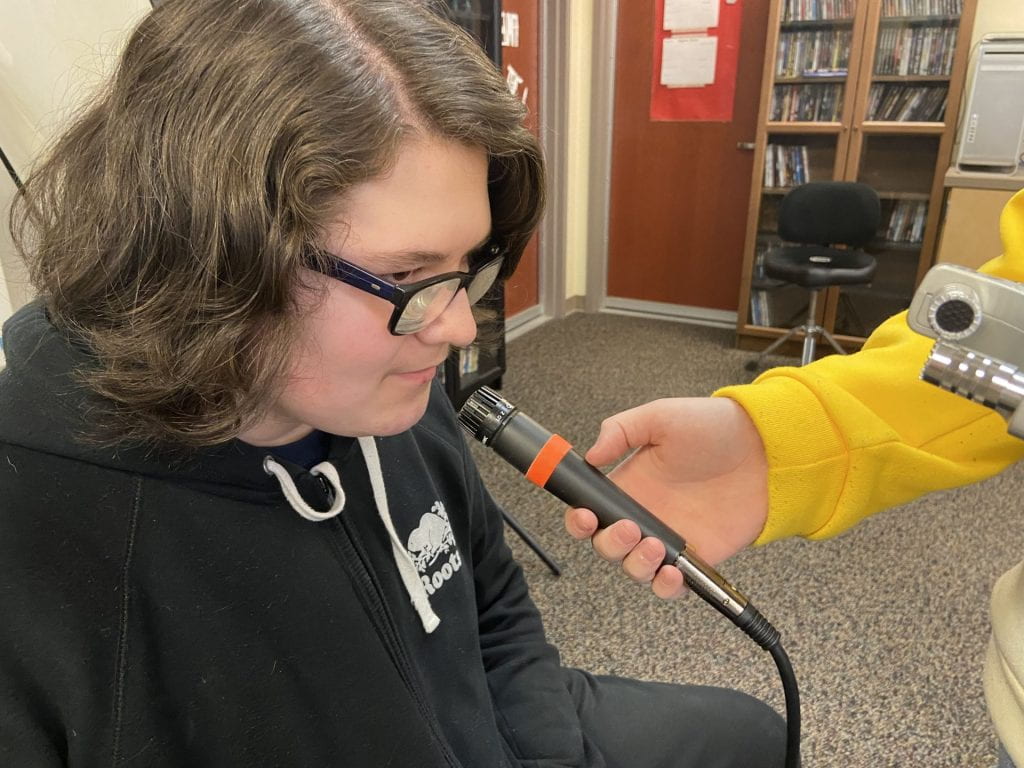
Outdoor/Environment Recording
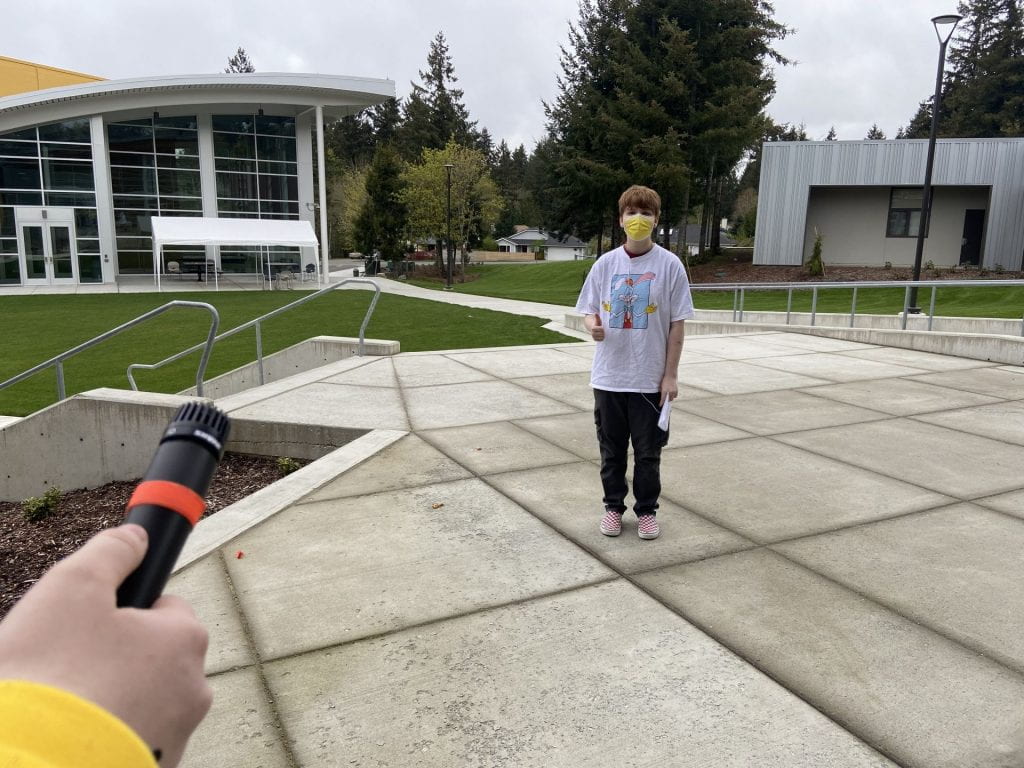
Instrument Recording
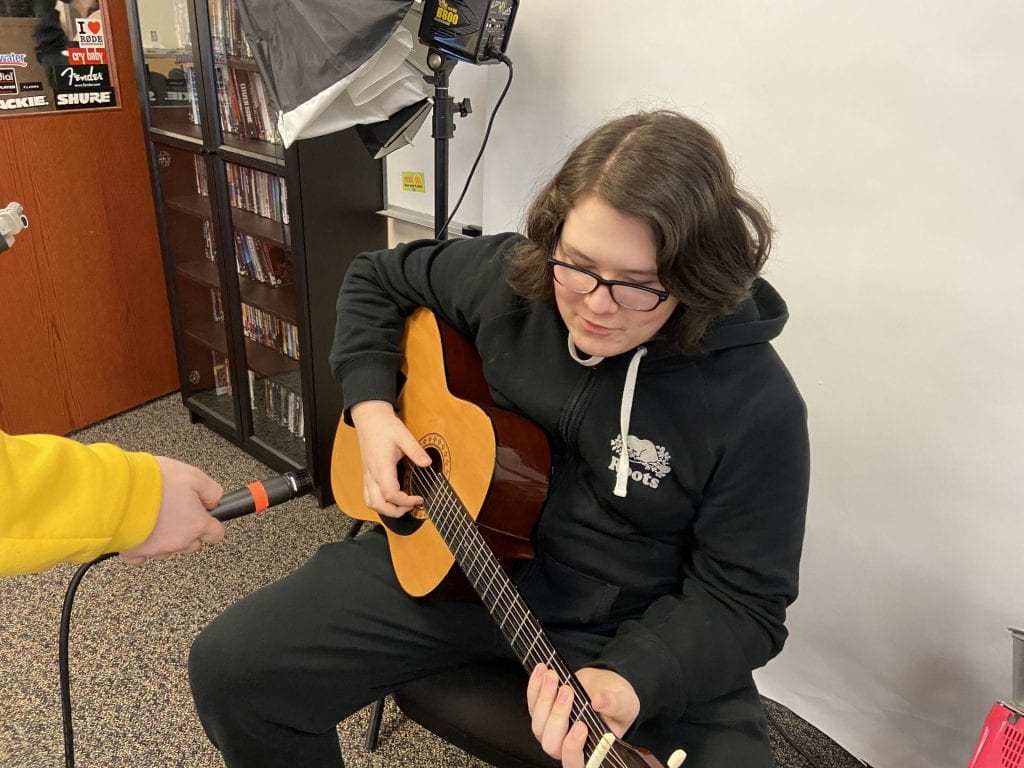
What I Learned & Problems I Solved
From this project I was able to learn a bit about identifying different audio features and how they can be manipulated alongside different factors. Although, the thing I benefited from the most during this project was getting to better understand the vocabulary.
For the length of time this project was being tested I was not present and therefore did not have direct access to the experiment to witness firsthand the details of the process. This problem could have been a greater setback, however, due to the efforts to collaborate within my group, they were able to communicate with me in order for me to access that information and complete this project.
